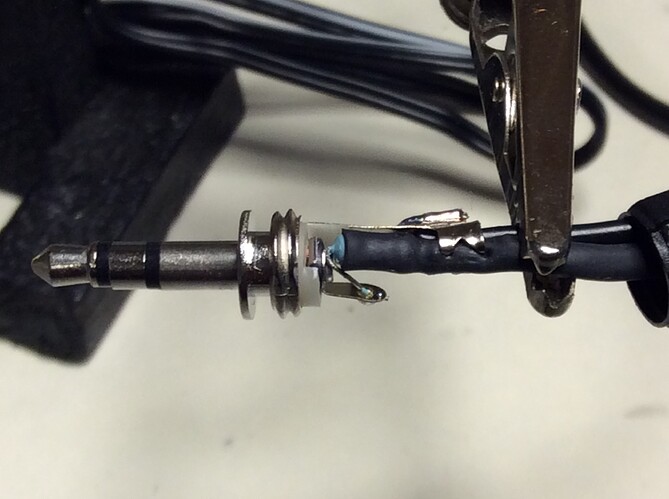That was easy. I soldered a 3.5mm jack on a VT with a 330 ohm resistor in series:
Plugged it into an IotaWatt input and configured it as a VT. Calibrated it as per the WiKi instructions, and ran it for awhile. Here is a graph of the standard VT input and this additional VT on channel 1:
So that’s all there is to connecting and configuring another VT. Once an additional VT is configured, there will be a selection box listing all of the VTs when configuring a CT.
